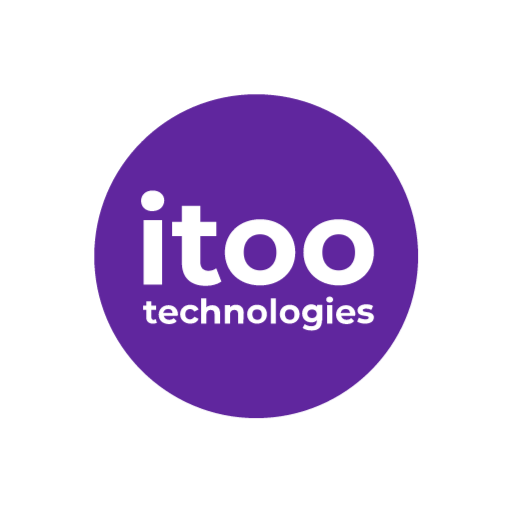One the most significant challenges that sparked government and financial institutions interest in applying blockchain was the lengthy and costly manual reconciliation and settlement process, which took up an average upto 45 days. Under the current platform, the institutions and other participating stakeholders had limited visibility of funds, collections, and transactions.
As such, resulting disputes, claims and reversals continued to remain largely manual procedures. The blockchain payment reconciliation and settlement project thus set out to create a more effective layer to address the limitations of the existing platform. The goals were as follows:
- Enable instant reconciliations and settlement between entities
- Immediate disputes and claims resolution
- Automation of financial procedures for operational efficiency
- Transparency and immutability of financial records







